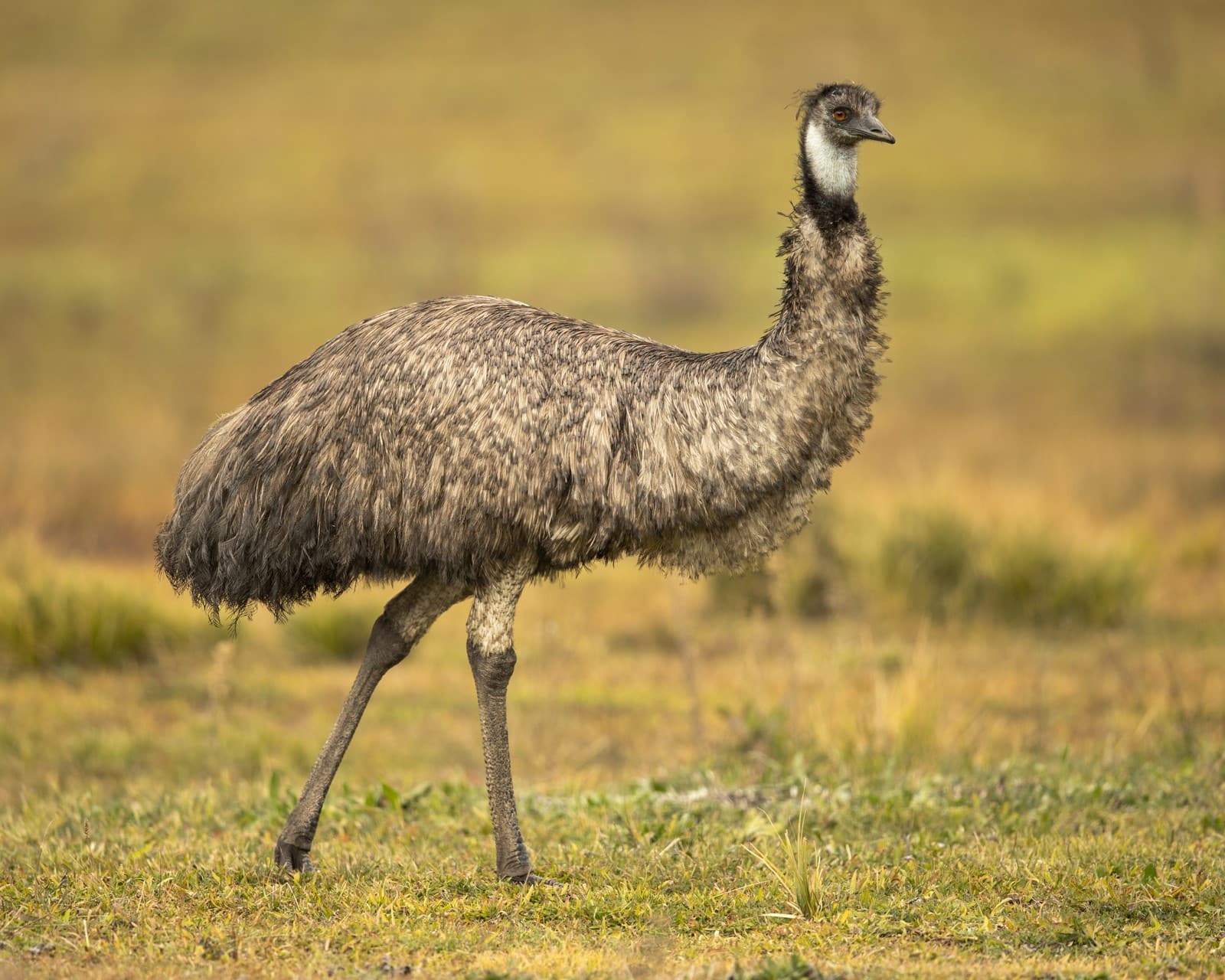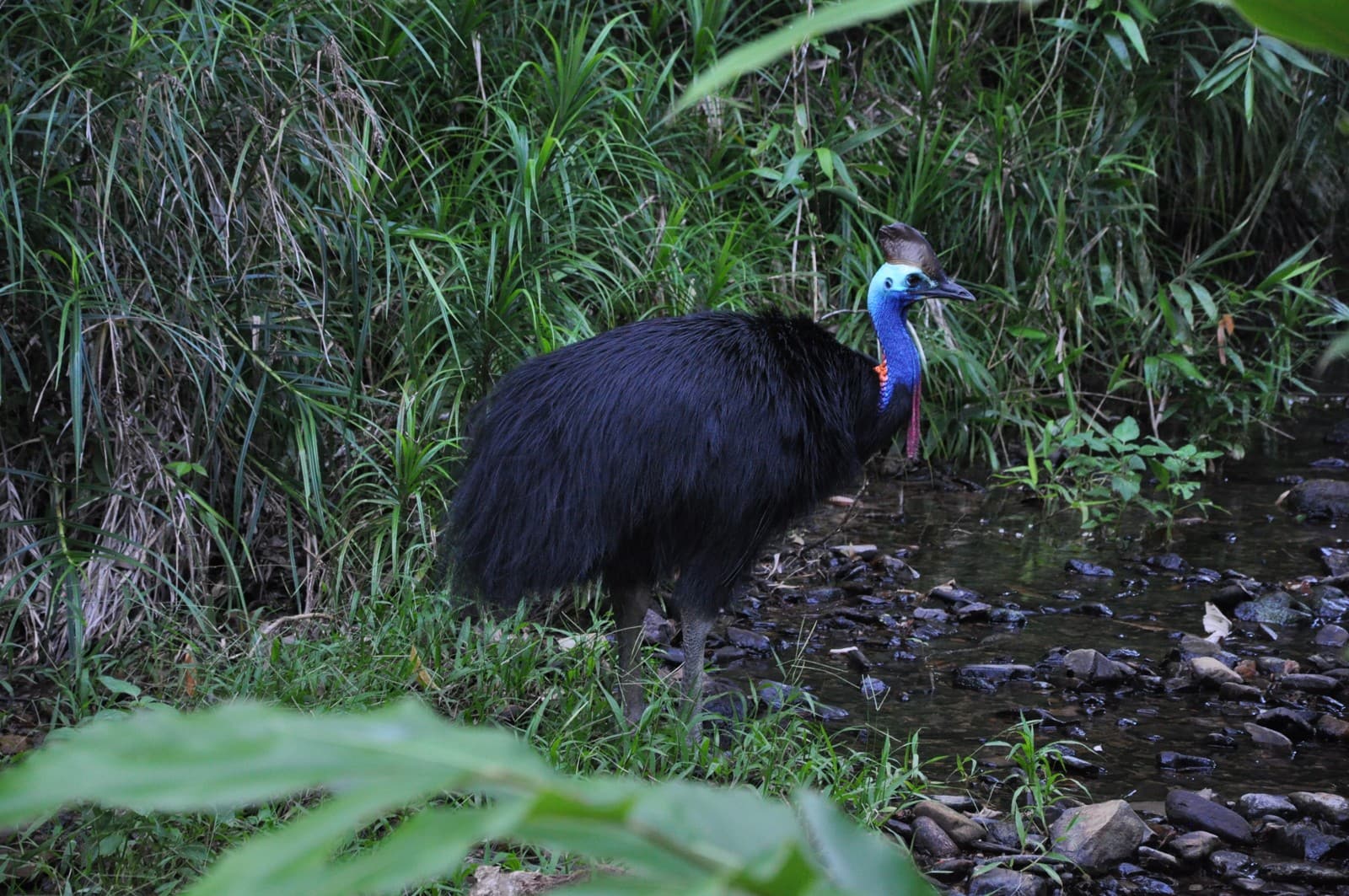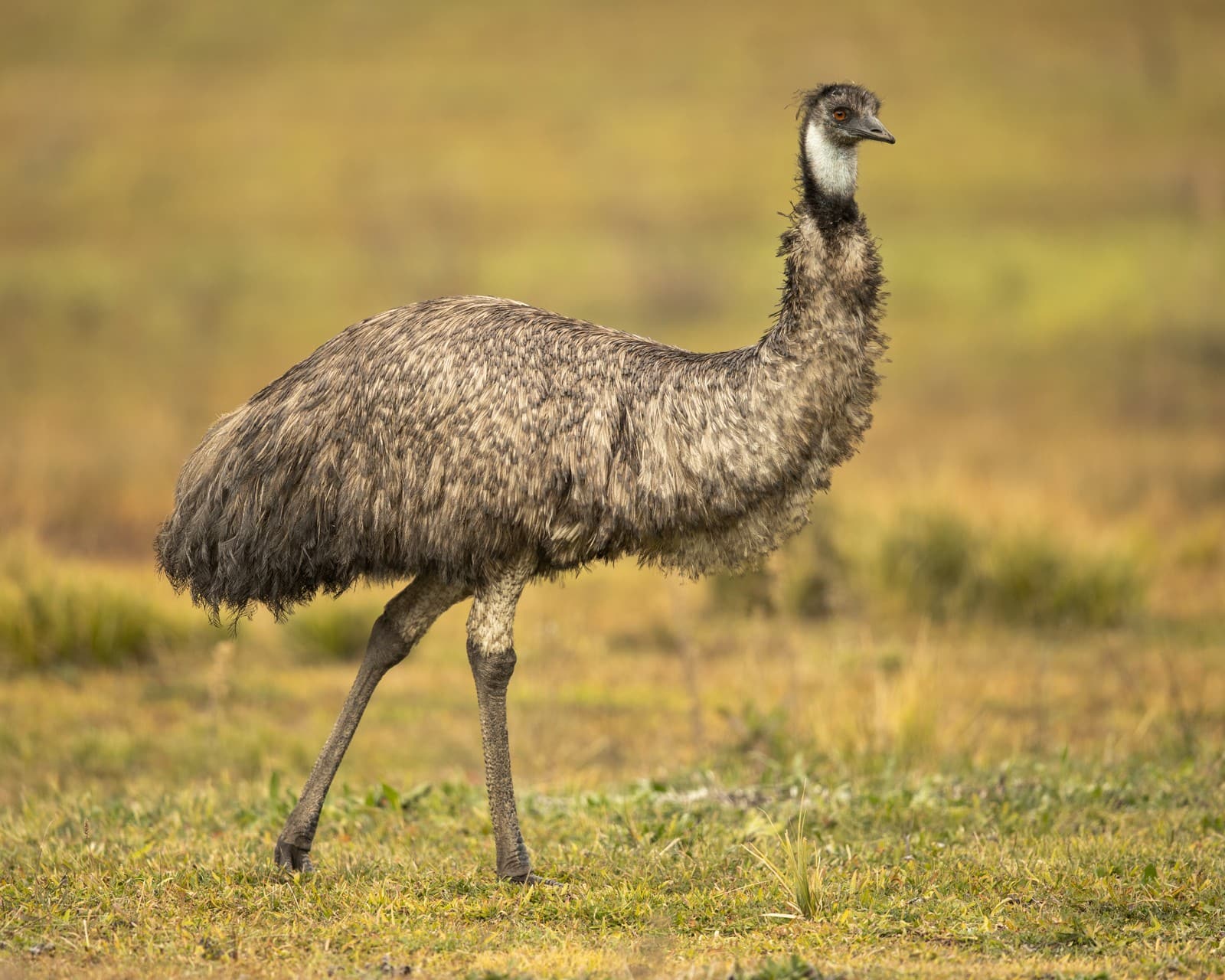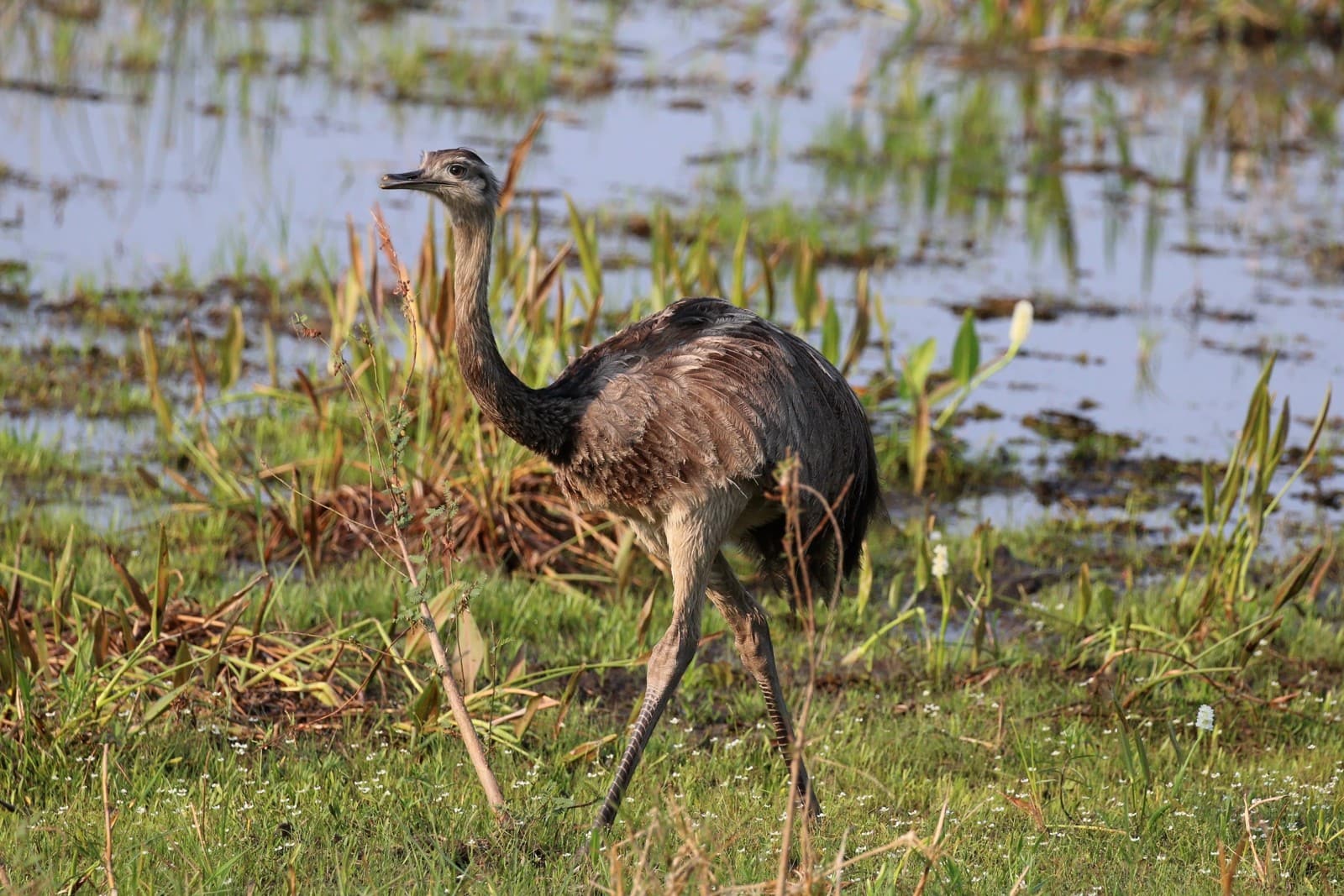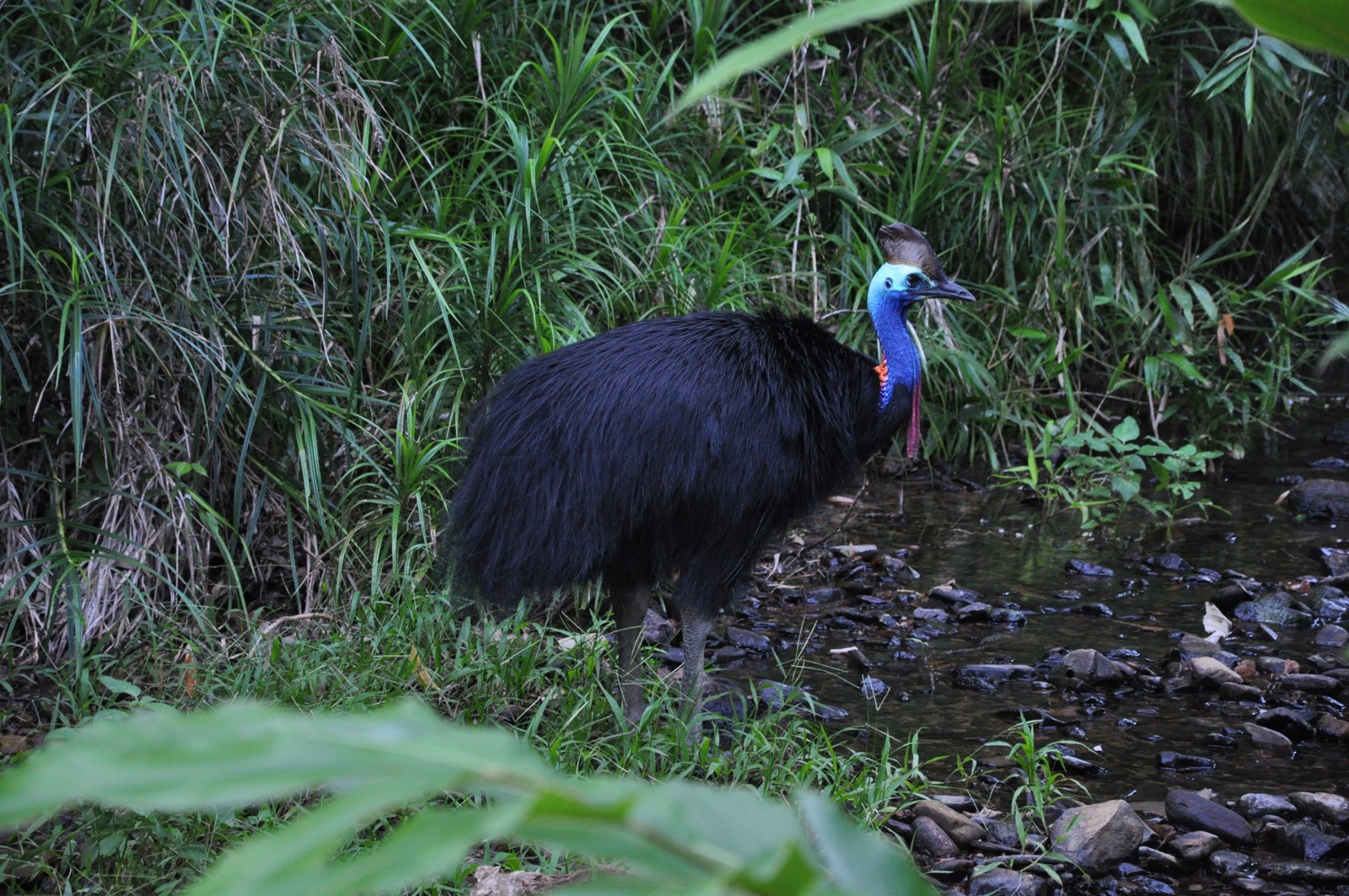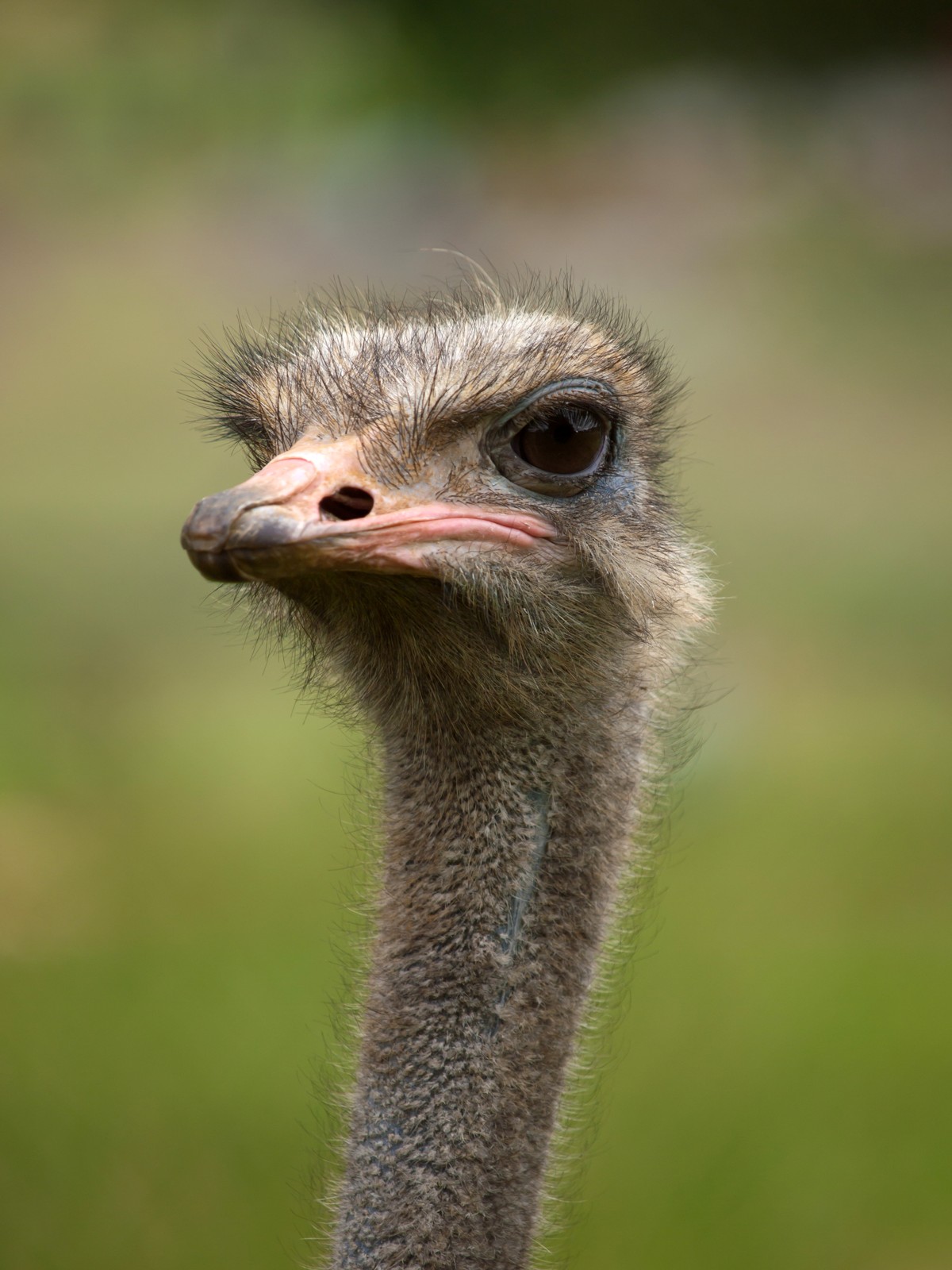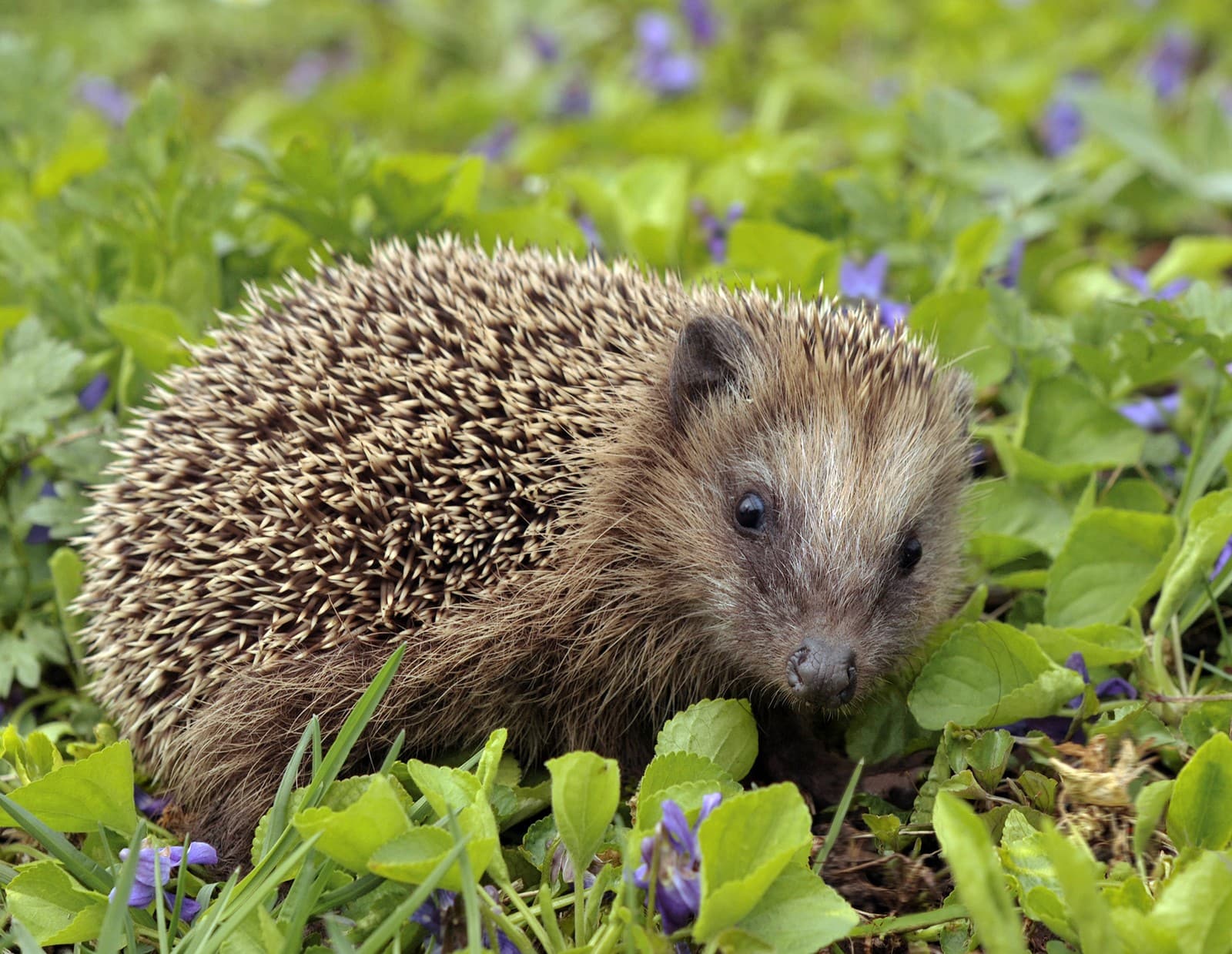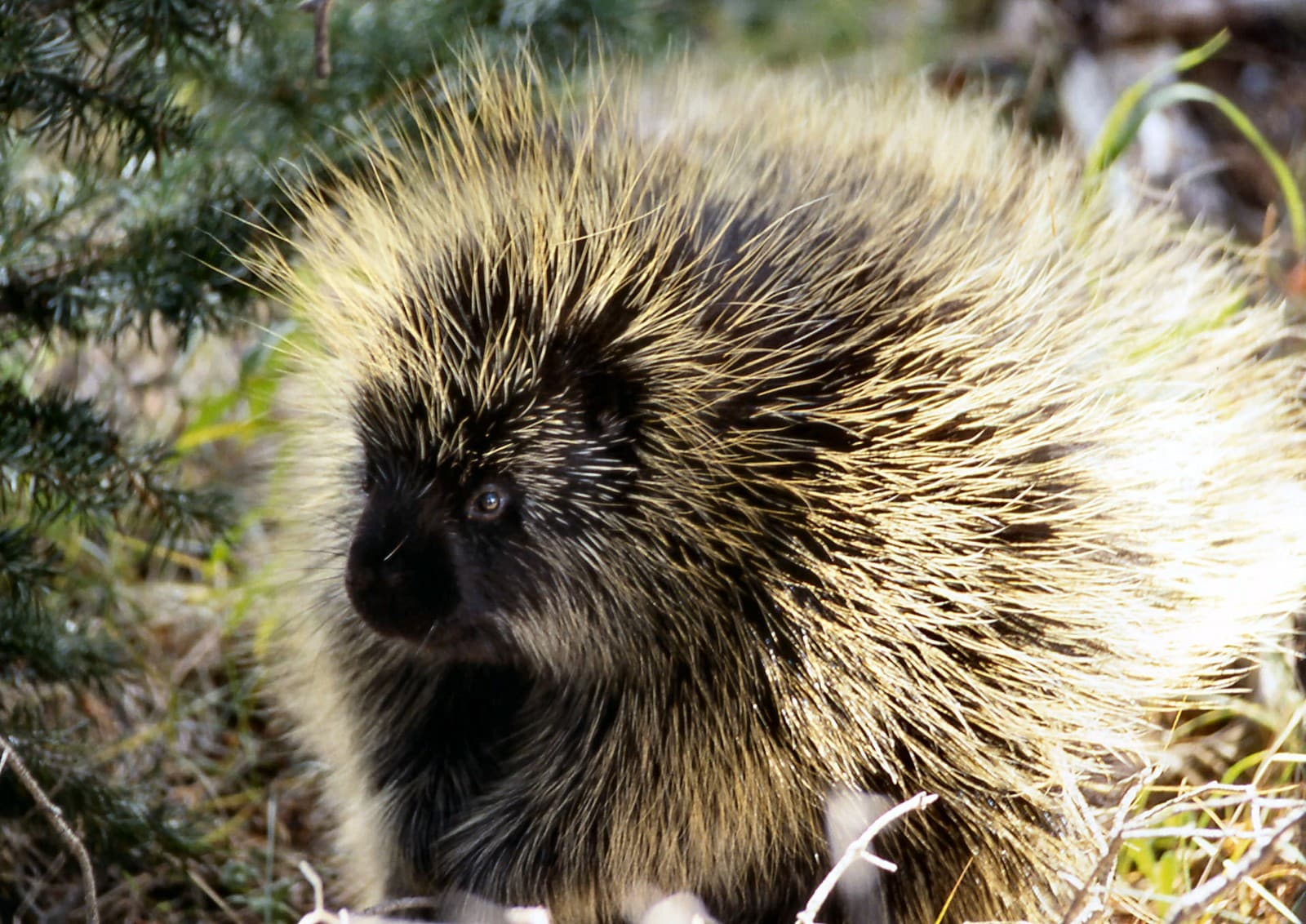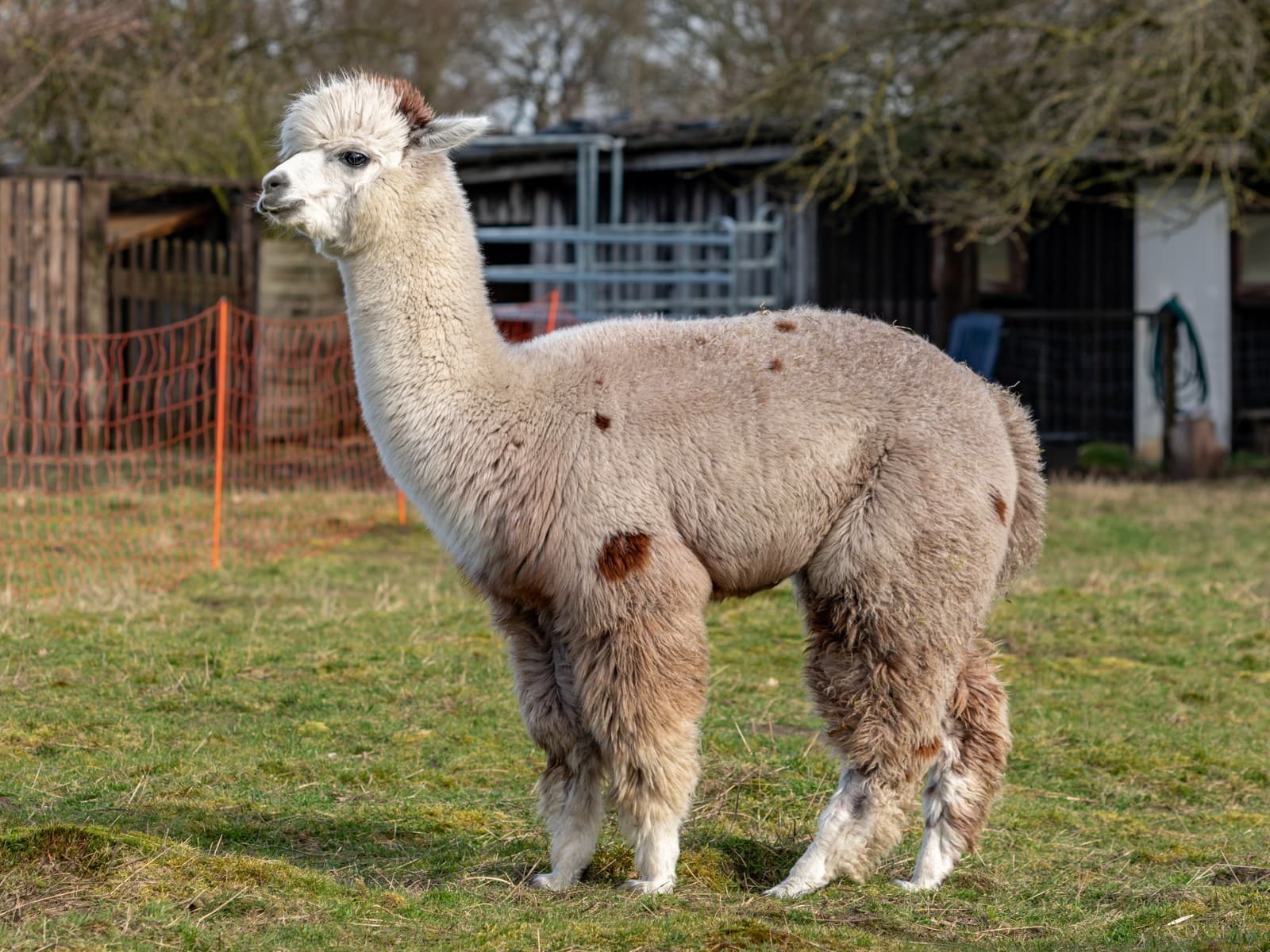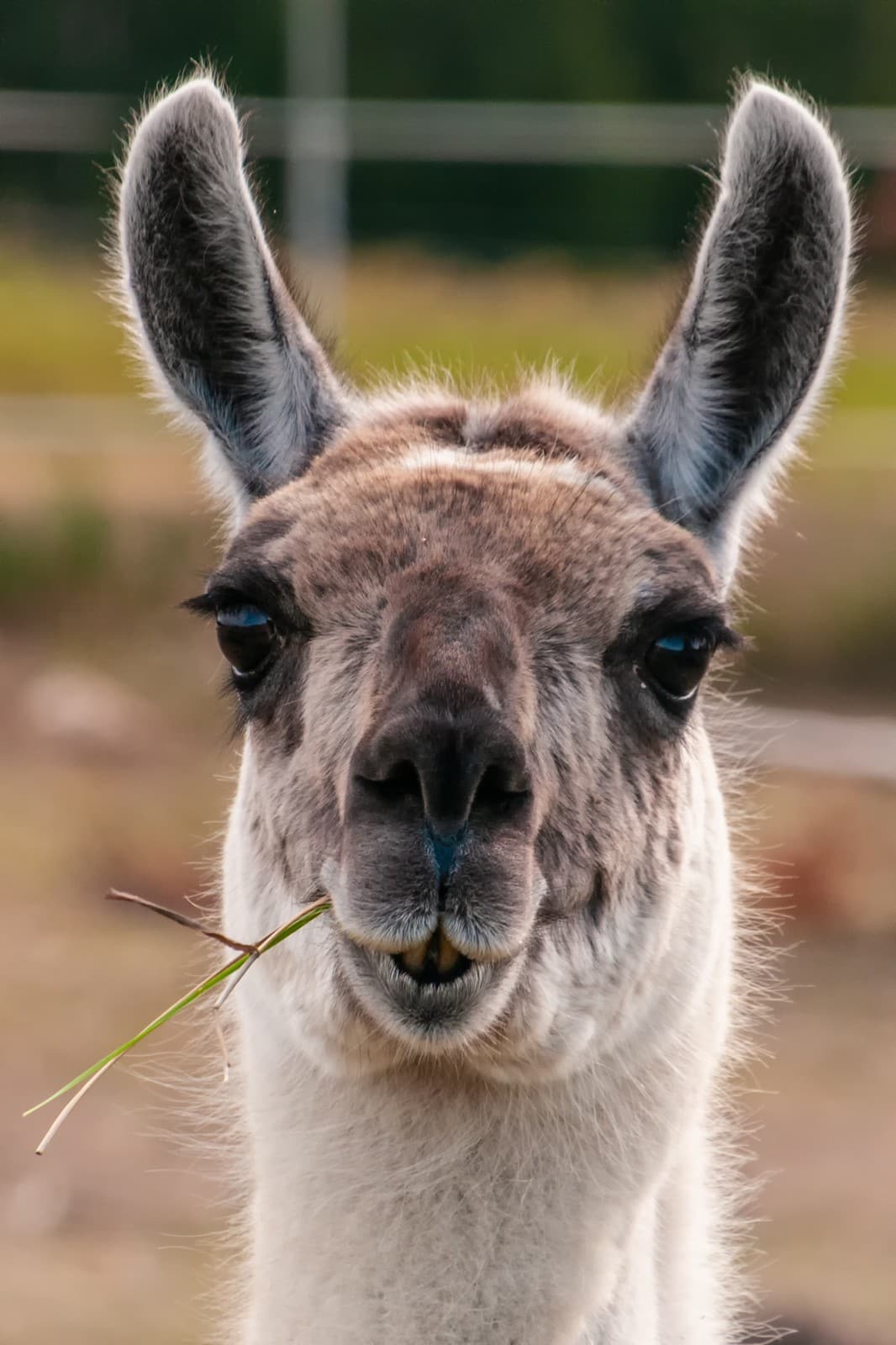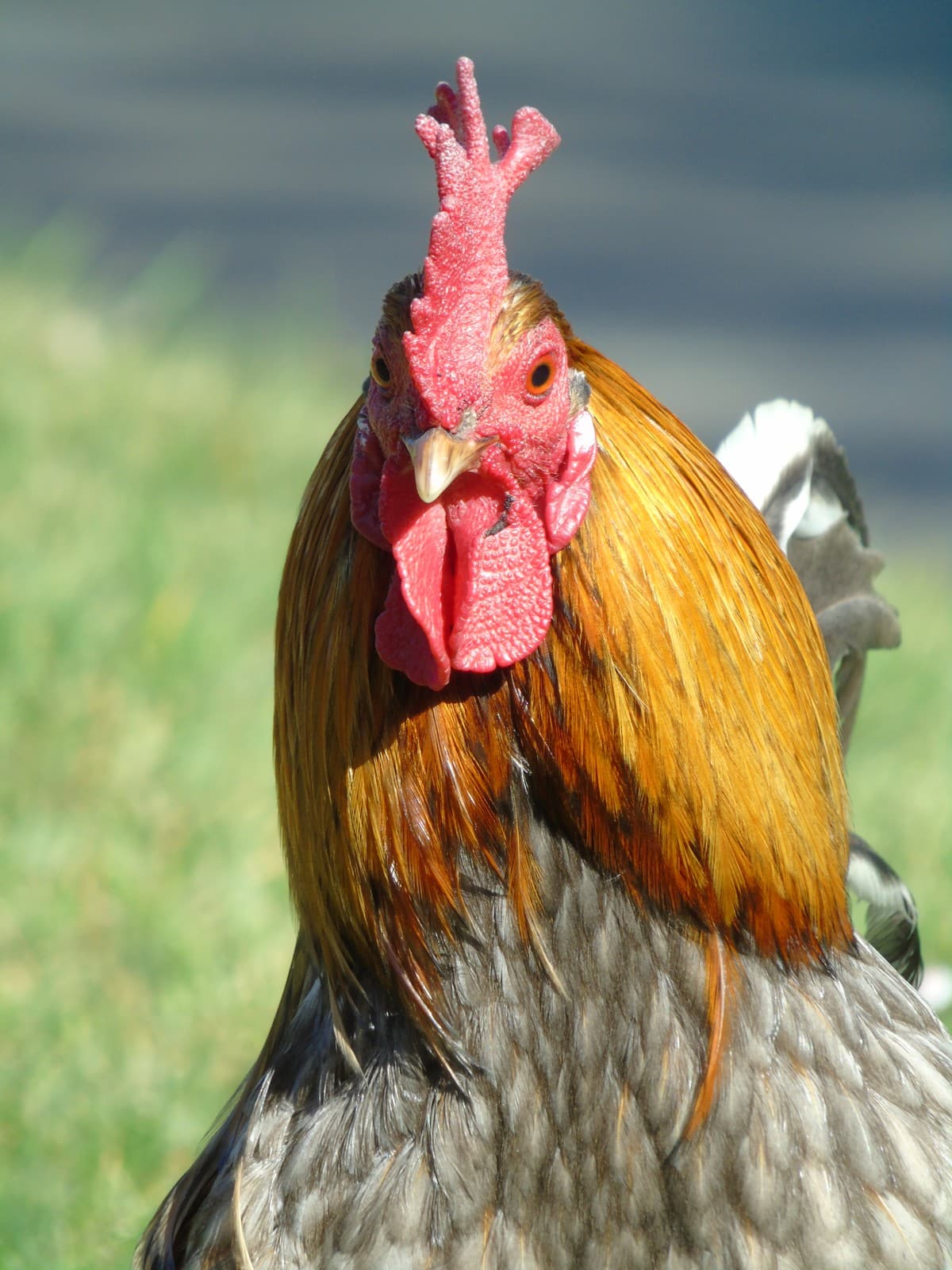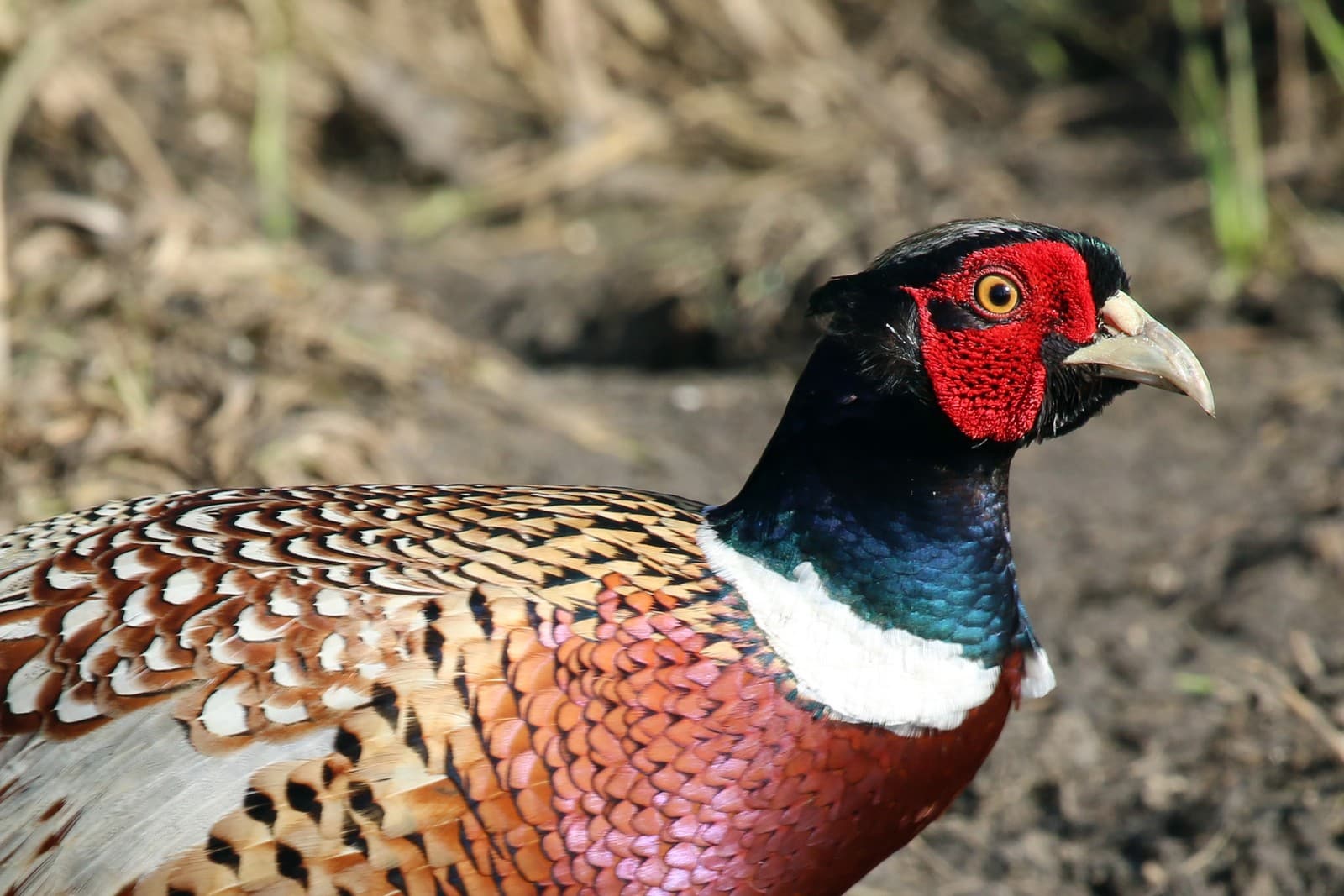Emu vs Ostrich: A Complete Comparison
When comparing the Emu vs Ostrich, we’re examining two of nature’s most remarkable flightless birds. While both belong to the ratite family, the Ostrich stands as the world’s largest bird, reaching heights of 9 feet (2.7 meters), while the Emu claims second place at 6.2 feet (1.9 meters). These impressive relatives showcase fascinating differences in size, behavior, and adaptation strategies.
Despite their similar appearance, these birds evolved separately on different continents, developing unique characteristics suited to their respective environments. The African Ostrich has adapted to survive in open savannas, while the Australian Emu thrives in various habitats from woodlands to desert fringe areas.
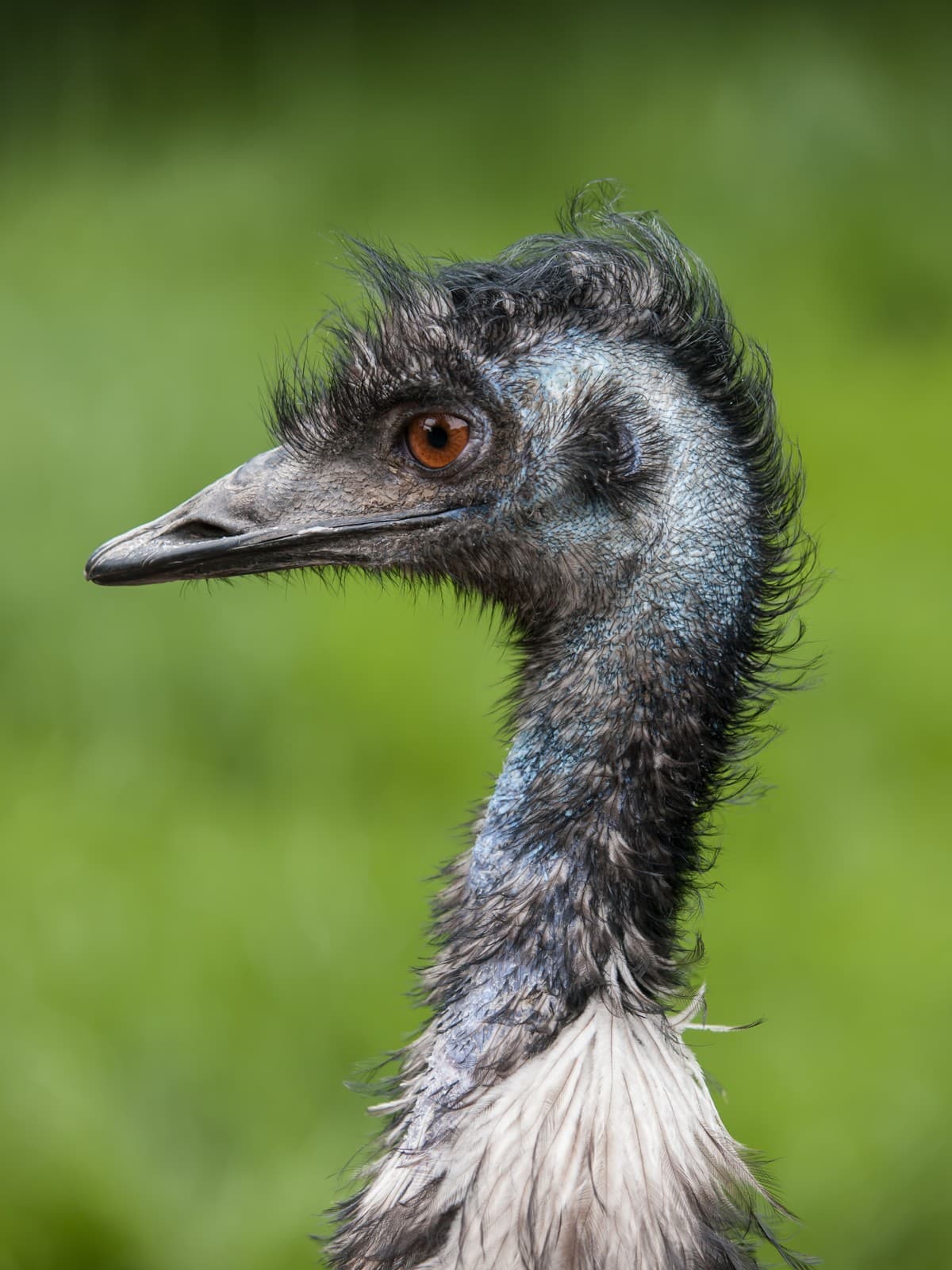
© William Warby / CC BY 2.0
The Emu’s distinctive shaggy plumage and piercing amber eyes set it apart from its larger African cousin. These adaptable birds possess double-shafted feathers, a unique feature that helps them regulate temperature in Australia’s extreme climate.
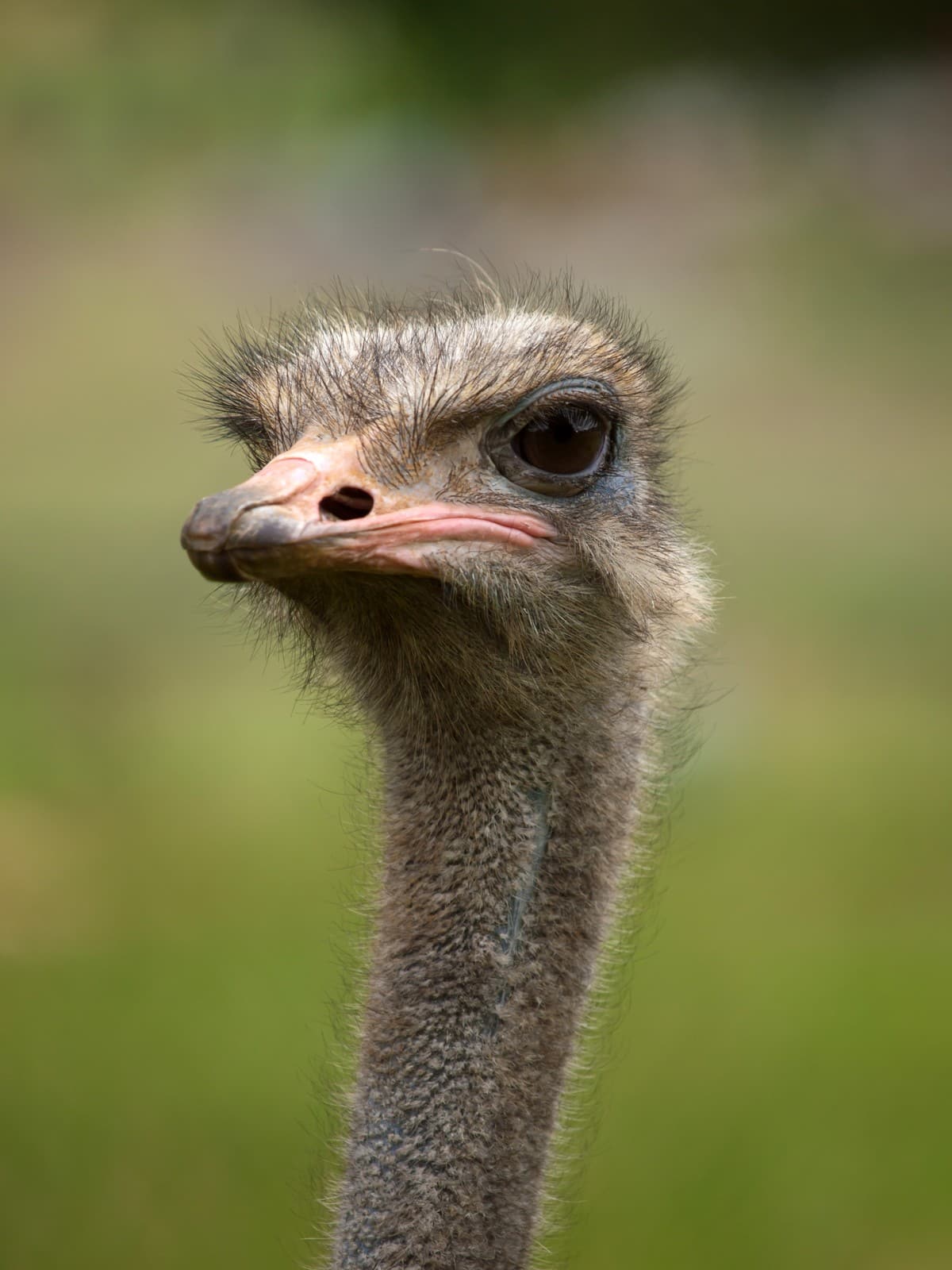
© William Warby / CC BY 2.0
The Ostrich’s distinctive appearance features a long, graceful neck and large expressive eyes, perfectly adapted for spotting predators across vast African plains. Their specialized plumage helps maintain optimal body temperature in extreme desert conditions.
Key Physical Differences: Emu vs Ostrich
| Feature | Emu | Ostrich |
|---|---|---|
| Height | 5.2-6.2 ft (1.6-1.9 m) | 6.6-9.2 ft (2-2.8 m) |
| Weight | 66-121 lbs (30-55 kg) | 220-290 lbs (100-130 kg) |
| Top Speed | 31 mph (50 km/h) | 43 mph (70 km/h) |
| Toes | Three | Two |
| Egg Size | 5.1 inches (13 cm) | 6-8 inches (15-20 cm) |
| Lifespan | 10-20 years | 40-50 years |
Habitat and Distribution
The Ostrich naturally inhabits African savannas and semi-desert regions, ranging from the Sahel to South Africa. These birds thrive in open areas where their superior height provides excellent visibility. Emus, conversely, demonstrate remarkable adaptability across Australia’s diverse landscapes, from coastal regions to the outback, showing particular success in eucalyptus woodlands and grasslands.
Behavioral Differences
Social Structure
Ostriches typically live in small groups of 10-12 birds, with a dominant male, several females, and their offspring. During breeding season, these groups often merge into larger flocks. Emus display more solitary behavior, typically gathering in pairs during breeding season and separating afterward, with males taking sole responsibility for incubating eggs and raising chicks.
Defensive Strategies
Both species employ powerful kicks as their primary defense mechanism, but their techniques differ:
- Ostriches deliver forward kicks capable of exerting 2,000 psi (13,789 kPa)
- Emus use backward kicks and can inflict serious damage with their sharp claws
Diet and Feeding Habits
While both species are omnivorous, their dietary preferences show distinct variations:
Emu Diet:
- Seeds and fruits
- Insects and small vertebrates
- Native Australian plants
- Requires less water than Ostriches
Ostrich Diet:
- Plant matter (leaves, seeds, roots)
- Occasional insects and small reptiles
- Can survive on vegetation with low nutritional value
- Capable of digesting rough plant material
Who Would Win in a Confrontation?
In a theoretical confrontation between an Emu vs Ostrich, the Ostrich would likely prevail due to several advantages:
- Significantly larger size and weight
- Greater kicking force
- Longer reach with neck and legs
- Superior running speed
However, such confrontations would never occur naturally due to their separate continental habitats.
Conservation Status and Human Interaction
Both species face modern challenges, though their conservation status differs:
- Ostriches: Least Concern, but some subspecies are threatened
- Emus: Least Concern, with stable populations across Australia
Both birds have developed significant commercial value:
- Ostrich farming for meat, leather, and feathers
- Emu oil production for cosmetic and therapeutic uses
- Eco-tourism opportunities in their respective native ranges
Reproduction and Lifecycle
Nesting Behavior
- Ostriches: Communal nesting with multiple females laying in one nest
- Emus: Single male incubates and rears chicks alone
Egg Production
- Ostrich eggs: Largest of any living bird, weighing up to 3.1 lbs (1.4 kg)
- Emu eggs: Dark green, weighing approximately 1.1 lbs (0.5 kg)
Understanding these remarkable birds helps appreciate their unique adaptations and crucial roles in their respective ecosystems. While the Emu vs Ostrich comparison reveals many differences, both species stand as testament to nature’s incredible diversity and the success of flightless bird evolution.
